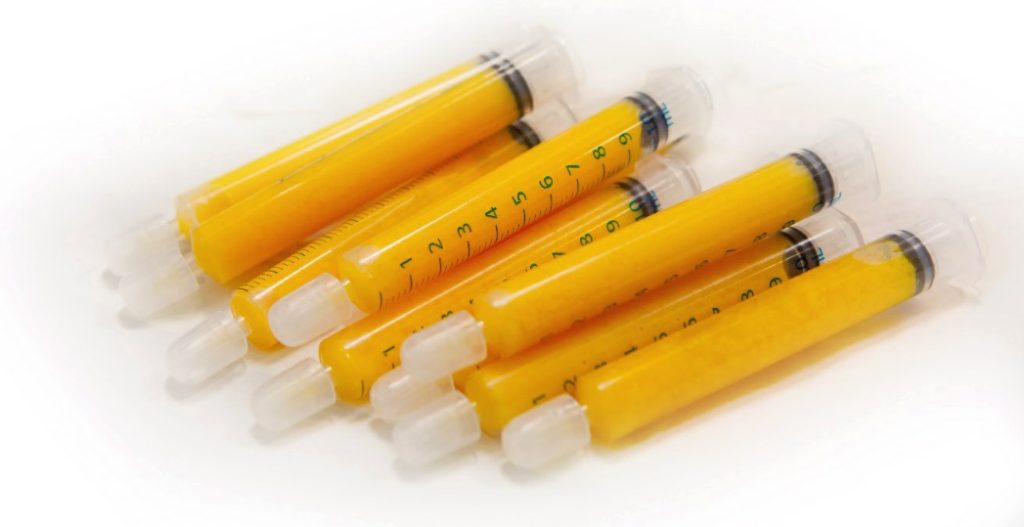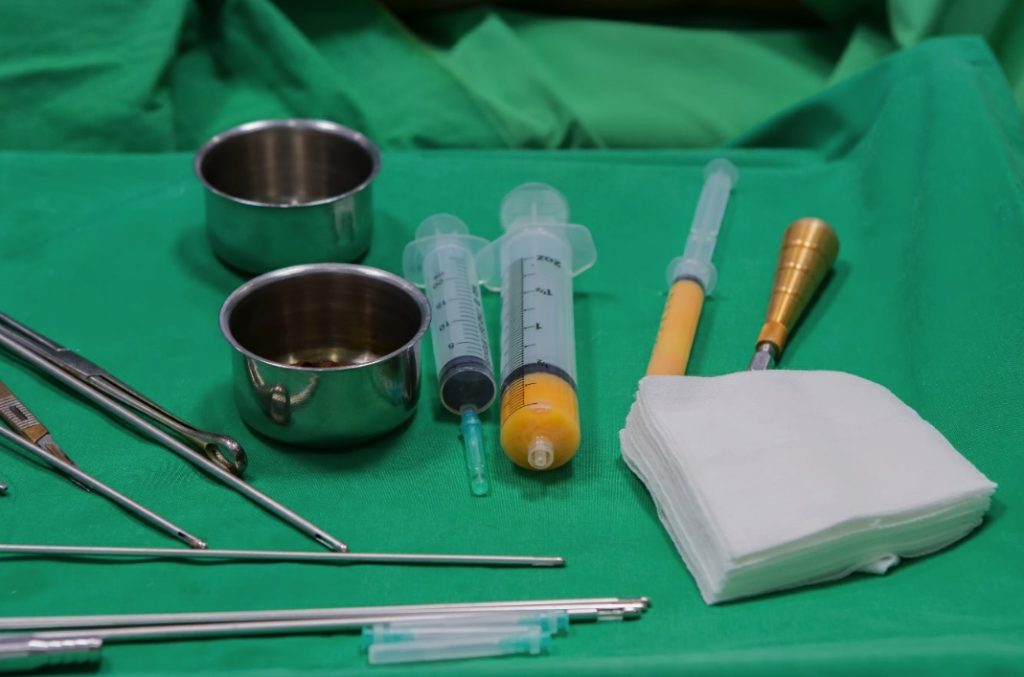Fat grafting is otherwise known as fat injection and is the process of removing fat with low pressure liposuction and injecting it back into the body with long needles to where it is needed.
It is used primarily to fill up depressions which cause a contour deformity eg. After trauma or cancer surgery. Whilst fat grafting has been around for a very long time it has gone in and out of vogue basically because of the unpredictable graft take rate.
The result of this means that in any given setting anywhere between 0 to 100% of the fat will remain long term. This is obviously highly variable and the accepted graft take rate is about 50 to 80% in most operations. A plastic surgeon named Sidney Coleman popularised fat grafting and developed the “Coleman technique” which led to higher success rates and increased applications.
The basic tenets of this technique include
- Low pressure non traumatic harvest (ie not regular liposuction)
- Spinning Centrifugation which separates the fat into different layers.
- Injection with a small bore cannula using multiple passes and tiny amounts of fat each time.

The different layers separate into Oil, Fat, Blood and other fluids. All layers are then processed and removed to leave just the fat which is ready for injection. Its use has spread to include cosmetic indications including in the face and lips, to address concerns of volume loss, as well as breast and buttock augmentation.

There are 2 main hypotheses regarding how the fat graft actually works.
The first is that it takes as a graft just like any other graft (like skin grafts or bone grafts) would. This is the most likely scenario to explain the effects that we see clinically.
The second alternative reason may be that when the fat is injected, stem cells are also injected with the fat and these can cause fat and blood vessels to grow. Despite the impression that fat is a simple organ of the body, multiple studies have shown that it has a vastly rich supply of stem cells – far more than even bone marrow. This can at least increase the amount of fat that will survive and may even cause more to grow. Most of the time small amounts of fat (less then 50 mls) are injected depending on the clinical indication however in buttock and breast augmentation many hundreds of mls may be used at at a time.
This piece was brought to you by Dr Damien Grinsell (AHPRA Registration: MED0001207555), Registered medication practitioner, specialist plastic surgeon (specialty registration in surgery – plastic surgery)
It is important to remember, any invasive procedure carries risks and individual results may vary depending on factors, not limited to but including age, genetics, diet, lifestyle and existing medical conditions. Before any surgery, we recommend you consult a qualified health practitioner who should discuss with you at length these risks including possible complications and recovery/aftercare instructions specific to your procedure. If unsure, always seek a second opinion from a specialist plastic surgeon.

